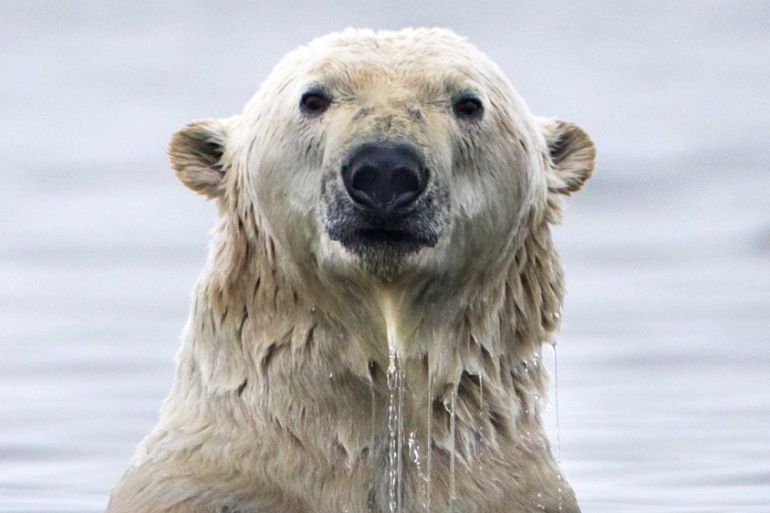Holey ice is bad news for more than just polar bears
Cold winters might become more frequent as the Arctic warms.

The Pan-Arctic Regional Climate Outlook Forum has issued the Arctic Winter 2018-2019 Season Outlook.
Climate change in the Arctic is affecting the entire Earth weather system. Temperature increases have led to significant reductions of sea ice, thawing permafrost and coastal erosion.
“Global warming has increased the loss of summer sea ice in the Arctic, which has altered atmospheric conditions in a manner that stacks the deck in favour of more severe winter outbreaks,” Charles Greene, professor at Cornell University, said.
As temperatures rise faster in the Arctic than at lower latitudes, there are consequential changes in large-scale temperature and pressure gradients. This, in turn, has consequences for northern hemisphere winter weather.
The pressure change alters atmospheric circulations and makes the jet stream‘s path meander more.
The jet stream can be thought of as an elastic rope draped around the Arctic circle that contains and constrains the Arctic’s frigid air. Loops, or meanders, form regularly in this rope which allows cold Arctic air to reach further south, affecting the climate in the mid-latitudes.
Spells of hard winter have been a character of memorable years in both the United States and Europe but in a warming world it may seem odd that the likelihood of harsh winters should increase.Nevertheless, research suggests that this is the case.
The forecast for the Arctic winter 2018/19 suggests:
- Above normal temperatures
- Above normal precipitation (snow) over the Arctic, but not over Scandinavia, eastern Russia, Alaska and eastern Canadian Archipelago
- Earlier than normal freeze-up in Hudson Bay, Baffin Bay and the Beaufort Sea, and later than normal freeze-up across most of the eastern Arctic from the Barents to Chukchi Seas
- For the 2019 March ice extent, we expect below normal ice extent in the Bering Sea and below to near normal ice extent in the Barents Sea and Sea of Okhotsk
Critically, it is the holes in the ice cover, the unexpected open sea within the Arctic Circle, that make the big difference to expected weather patterns. The incomplete ice cover triggers the abnormal looping of the jet stream and more severe wintry outbreaks.